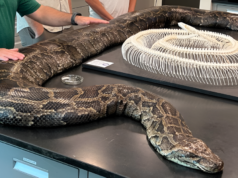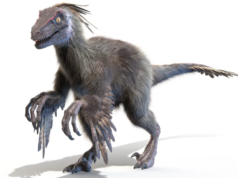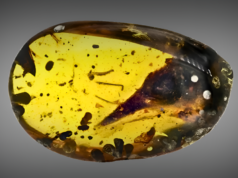
30,000 years ago, a griffon vulture flew over contemporary Italy. Then catastrophe hit. A volcano erupted suddenly, shooting incandescent waves of ash and rocks into the air, engulfing the flying bird. In an instant, it was buried, its remains covered in a hot grave. But in a dramatic exception to the typical course of most animals lost to the ages, this vulture didn’t turn to ashes. Discovered in 1889, its fossil was unidentified. Feathers, eyelids, even the smallest of details had been immaculately preserved. Scientists now reveal the mystery of its incredible fossilization: zeolites—tiny crystals that impressed every detail of the bird’s shape. It suggests volcanic deposits across the globe may be holding fossils of unimaginable detail, a glimpse into lives long gone.
A Fossil Unlike Any Other

Most fossils consist purely of hard bones, but not this vulture. Its soft features were preserved almost perfectly, making it rare indeed. This is practically unheard of except in amber fossils.
The Zeolite Power
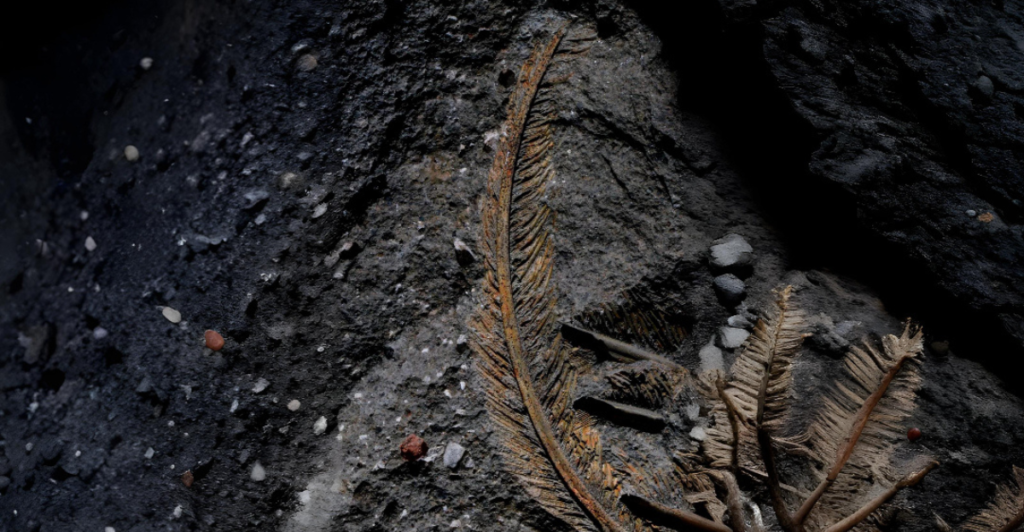
The key to the vulture’s preservation is zeolites. These small crystals emerged when rainwater mixed with volcanic ash, replacing the bird’s tissues on a microscopic level, petrifying it in time.
Feather Color Still Preserved

Researchers found fossilized melanosomes, which are tiny structures that create feather color. Though they did not examine the color, they suspected that the extinct bird was much like its modern relatives, with lightly colored heads and tawny wings.
Instant Fossilization?

Fossils take thousands of years to form, yet this vulture’s fossil was modified in weeks. The ash mineralized rapidly, skipping decay and preserving information before it was too late.
The Discovery That Changed Everything

A vulture carcass was discovered by a homeowner in 1889, but scientists are only now just beginning to understand how important it is. The preservation of the fossil defies all we had previously believed about the way fossils were made.
Volcanic Eruptions: A Hidden Fossil Factory?
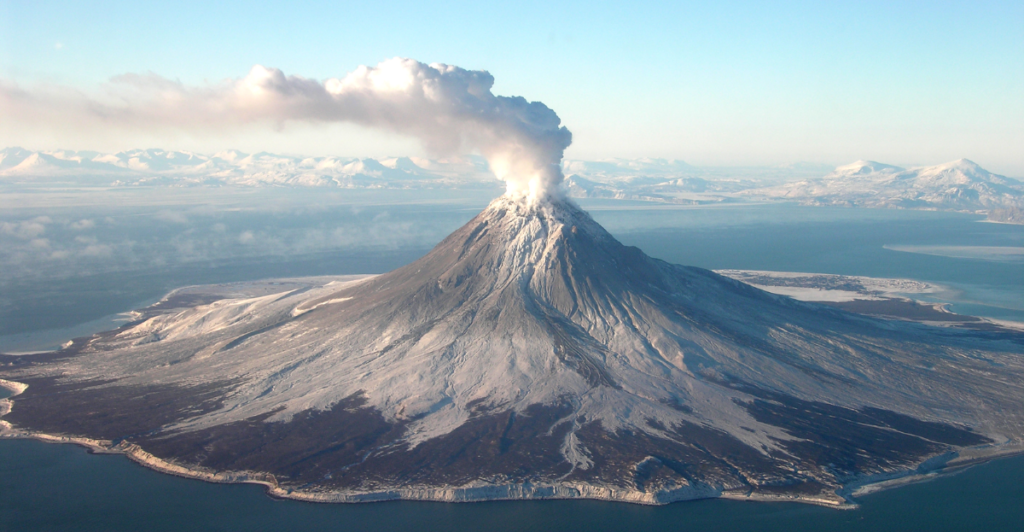
This is a theory that the volcanic ash would be a hidden stash of well-preserved fossils. If one bird got so beautifully fossilized, why not other enigmas, which could still remain undetected beneath early eruptions?
Life in Ice Age Skies
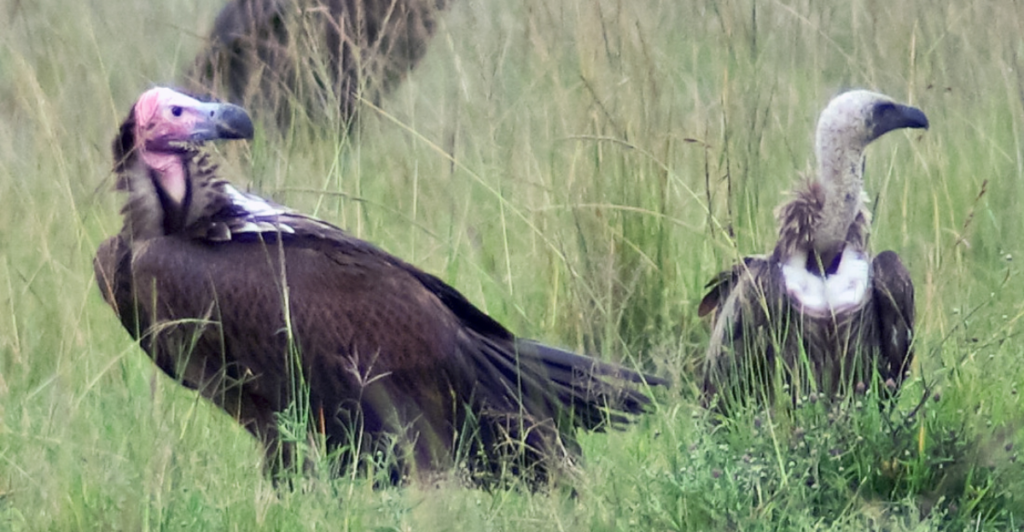
The griffon vulture once soared above mammoths and saber-toothed cats, picking at the skeletons of prehistoric giants. This fossil provides scientists with a unique opportunity to learn how these birds lived and survived.
A 3D Time Capsule
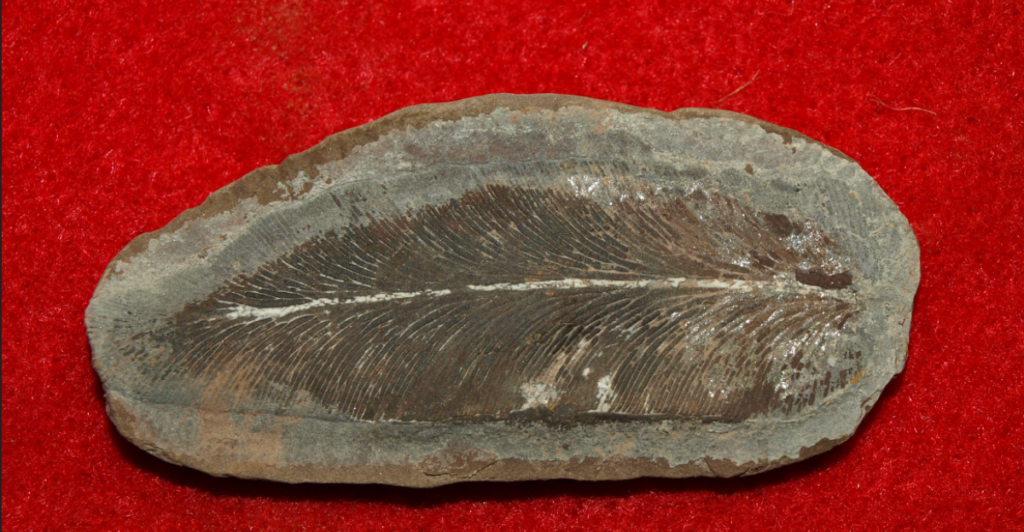
This vulture wasn’t compressed like most fossils. Each feather, eyelid, and wing barbule remained in position, making a hyper-realistic image of the past.
Could Humans Be Preserved This Way?
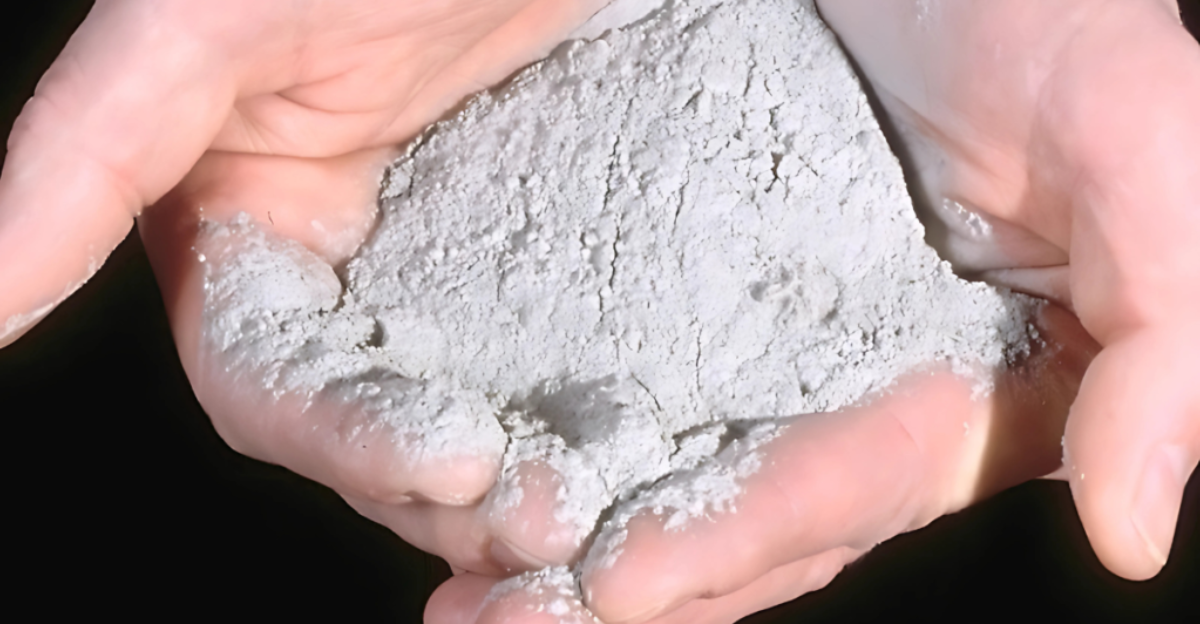
If volcanic ash can fossilize a bird so perfectly, perhaps it did the same for early humans. Researchers are now exploring whether other Ice Age animals are buried and preserved in the same way.
The Vulture That Cheated Time

This ancient vulture would have been lost to the ages, yet, its image still stands, perfectly preserved. It challenges what we know of fossilization and opens new, exciting doors into the field of paleontology.
Explore more of our trending stories and hit Follow to keep them coming to your feed!
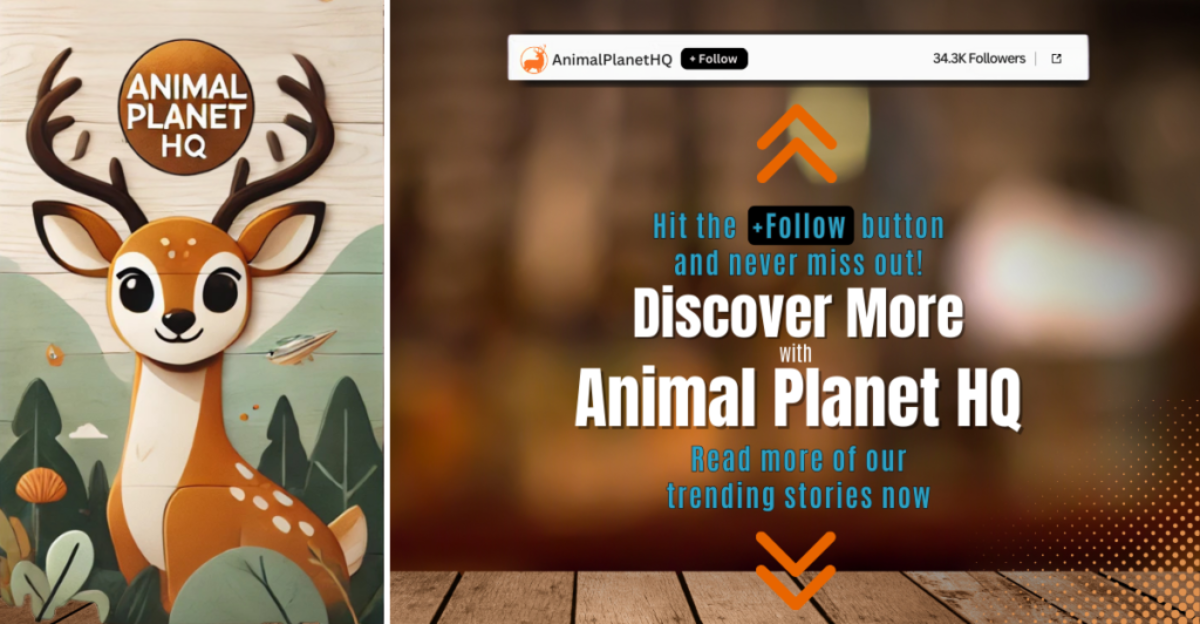
Don’t miss out on more stories like this! Hit the Follow button at the top of this article to stay updated with the latest news. Share your thoughts in the comments—we’d love to hear from you!


